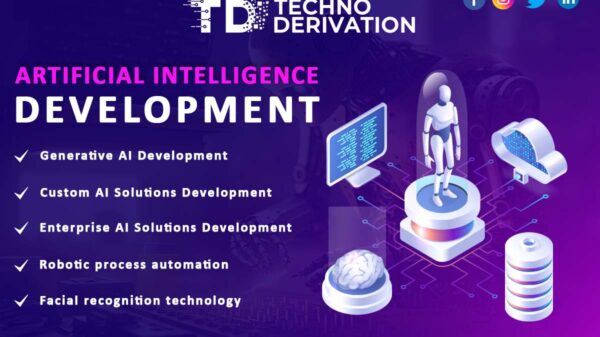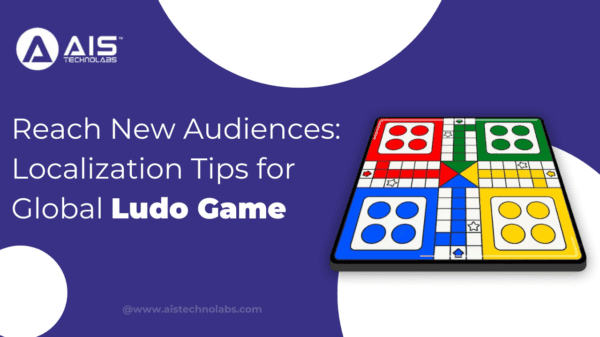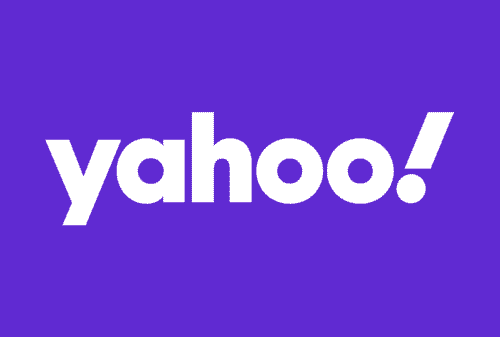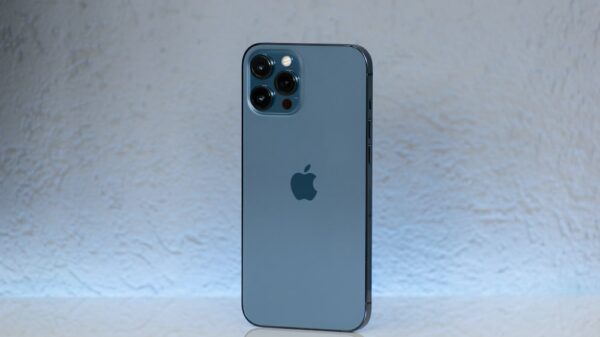Younger members of the Millennial Generation were born and raised with the internet, and thus they may feel as if certain information technologies have always been around. The current flow of introduction and adoption of new internet technologies runs at a very fast pace; for this reason, it is easy to believe that certain advances were implemented long ago when in fact they have only been around for less than two decades. Although the internet as we know it started when use of TCP/IP stacks became widespread in the late 1980s, the following four technologies actually emerged in the 21st Century.
Online Social Networks
Although early bulletin board systems (BBS) and online communities are valid predecessors to social networks such as Snapchat and Instagram, the first network to use the concept of social circles, common bonds and suggested connections did not emerge until 2002. If you think that most social networks these days share a common look and feel, you can thank Friendster, a network that Facebook CEO Mark Zuckerberg has often mentioned as his true inspiration.
Podcasting
Former MTV personality Adam Curry can be credited with two major internet developments. In 1993, he registered the domain name MTV.com and inadvertently taught the world the importance of securing an online presence in the 20th century. By 2004, Curry had become interested in the potential of the internet as platform for audio broadcasts; as such, he came up with the idea of syndicating audio files of previously recorded programs through the use of the RSS protocol for further synchronization with portable MP3 players. A year later, podcasting had become a new internet standard.
Cloud Computing Platforms
Although accessing remote services and virtual private networks are internet technologies from the 20th century, the true concept of accessing cloud computing platforms instead of single services did not come about until the 21st century. Complex browser-based applications such as Hotmail and later Salesforce.com are precursors to cloud computing platforms, but the first cloud infrastructure to offer a full range of IT services for large organizations was Amazon with its Elastic Compute Cloud, which was introduced in 2006.
The Internet of Things (IoT)
Machines have been connected to the web since the days of non-graphical browsers such as Lynx, but the first implementation of smart devices communicating by means of the machine-to-machine (M2M) protocol took place in 2004 when mobile virtual network operators programmed their devices to connect with their servers. This advance is recognized as the first massive network within the IoT.
In the future, internet technologies will likely be implemented at an even faster pace than today. For this reason, tech historians have their work cut out for the rest of the century.
Bio: Rachelle Wilber is a freelance writer living in the San Diego, California area. She graduated from San Diego State University with her Bachelor's Degree in Journalism and Media Studies. She tries to find an interest in all topics and themes, which prompts her writing. When she isn't on her porch writing in the sun, you can find her shopping, at the beach, or at the gym. Follow her on twitter: @RachelleWilber






















































































































































































